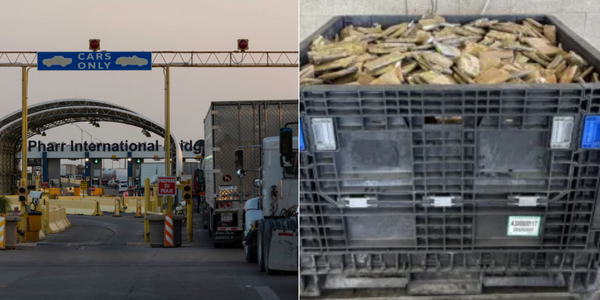Buckingham Palace is announcing the latest wave of Britons awarded Queen's honours.
Knight and damehoods, OBEs, CBEs and MBEs recognise achievements in fields like sport, science, entertainment, politics and community work.
The Queen's Birthday honours - which coincide with the Platinum Jubilee - recognise people for their work in a range of fields and in communities nationwide.
Read more : See South Shields during the 1977 Jubilee
You'll likely have recognised many who have been awarded MBEs, OBEs, CBEs, Damehoods and Knighthoods before. But do you know the difference between the awards?
What are the Queen's Honours?
The Order of the British Empire honours system recognises "achievements in public life" and those who've "committed themselves to serving and helping Britain”. The system is rooted in history, as awards for chivalry have been given by Kings and Queens since the Middle Ages.
Those who receive the honours can come from any walk of life. People who display "moral courage", make a difference in their community or advance in their field are considered, as are high achievers.
There are two rounds of honours every year. One at New Year, the other in June for the Queen's 'official' birthday in June.
Does the Queen decide who gets knighted, or an MBE/CBE/OBE?
They may be called the Queen's Honours, but it's a committee that decides on the final list, which is published by the Cabinet Office.
Downing Street says: "Whether someone gets an honour - and the honour they get - is decided by an honours committee. The committee’s recommendations go to the Prime Minister and then to the Queen, who awards the honour
Names are considered after being nominated. Members of the public can put forward people they think should get an honour.
The Royal Family's official site says: "The UK honours system rewards people for merit, service or bravery. Honours are given to deserving and high-achieving people from every section of life: from soldiers to community volunteers, performers and leaders of industry.
"Anybody can make a recommendation for a British national to receive an honour. Recommendations for honours must be sent to the Cabinet Office, not Buckingham Palace."
Those recommended are vetted before a group of 10 committees considers the applications.
What is the order of the honours? Which is the most important out of CBE, OBE and MBE?
Knighthoods and Damehoods (otherwise known as GBE, KBE or DBE) are the top honours in the Order of the British Empire awards.
After those, in order of precedence, it's Commander (CBE), Officer (OBE) and Member (MBE).
What's the difference between a Knighthood or Damehood and a CBE, an MBE and an OBE?
The level of the award depends on the prominence of the role the person honoured played. Essentially, the more people they helped or represented, the higher the award will be.
The Gazette, which officially publishes the honours list every year, explains the difference between the honours.
"The CBE is awarded to individuals for having a prominent role at national level, or a leading role at regional level. CBEs are also awarded for distinguished and innovative contribution to any area.
"The OBE is awarded to individuals who have made major contributions at a local level, or whose work has gained a national profile.
"The MBE is awarded for an outstanding achievement or service to the community which has had a long-term, significant impact."
READ NEXT:
- The Queen's Platinum Jubilee - what's on in Northumberland to celebrate the bank holiday?
- Day by day timings released for Queen's Platinum Jubilee events
- 16,000 street partied to be held for Queen's Platinum Jubilee over bank holiday weekend
- Where you can see the Platinum Jubilee Beacons in the North East and when they will be lit







